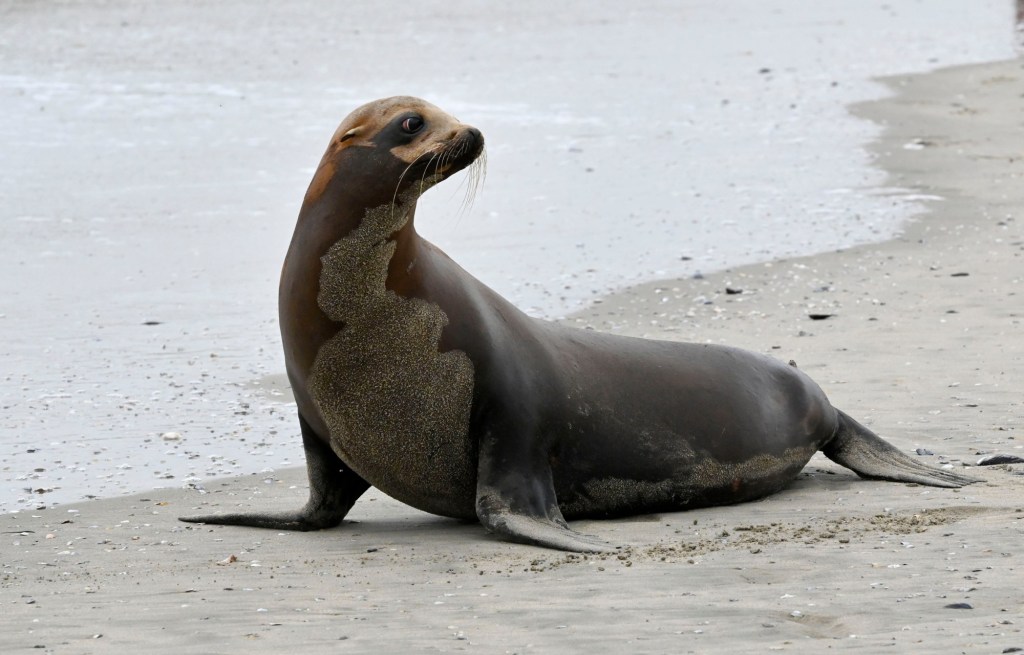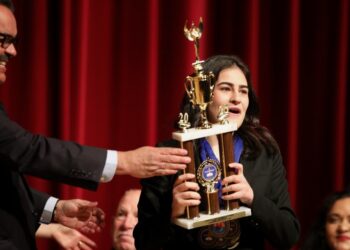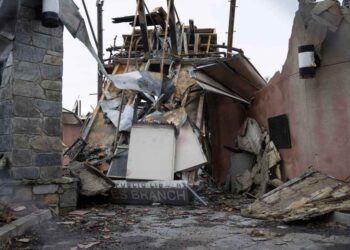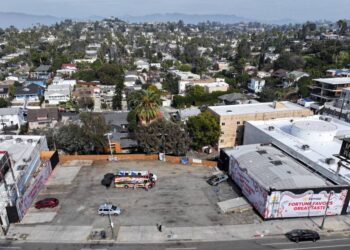A Los Angeles City Council committee approved a motion on Wednesday, Jan. 17, seeking to improve the city’s response to a toxic algae bloom, and to update protocols to help marine mammals who are washed ashore as a result of the natural phenomenon.
The Neighborhood and Community Enrichment Committee voted 2-0 to move forward a motion introduced by Councilwoman Traci Park, who represents the 11th District, encompassing coastal West L.A. neighborhoods. Councilman John Lee, who sits on the committee, was absent during the vote.
Park’s motion comes in response to the 2023 widespread toxic algae bloom that sickened or killed more than 1,000 marine animals along the Southern California coast, including at city and county beaches.
She held a news conference last June alongside L.A. County officials and John Warner, the CEO of the Marine Mammal Care Center in San Pedro, to discuss efforts that summer to care for impacted sea animals.
The MMCC is a nonprofit organization that provides a safe haven for marine mammals year round, providing critical care, food and shelter.
Commonly seen in the summer and lasting several weeks, the bloom of toxic marine algae called pseudo-nitzschia produces domoic acid, a neurotoxin that largely affects marine animals such as sea lions and dolphins.
The toxin damages the brains of marine mammals, leaving them dazed and lethargic on beaches, often leading to death. Sea lions are particularly susceptible due their foraging habits, which involve consuming shellfish that eat the deadly algae.
With treatment, sea lions can recover within 72 hours, but some retain brain damage, resulting in memory loss. The damage is determined by how much tainted seafood the animal has devoured.
Park noted that during the 2023 algae bloom, the MMCC received more than 1,000 calls within a two-week period in June — with reports of animals seizing and foaming from their mouths, symptoms of domoic acid poisoning.
The motion seeks to shore up…
Read the full article here







